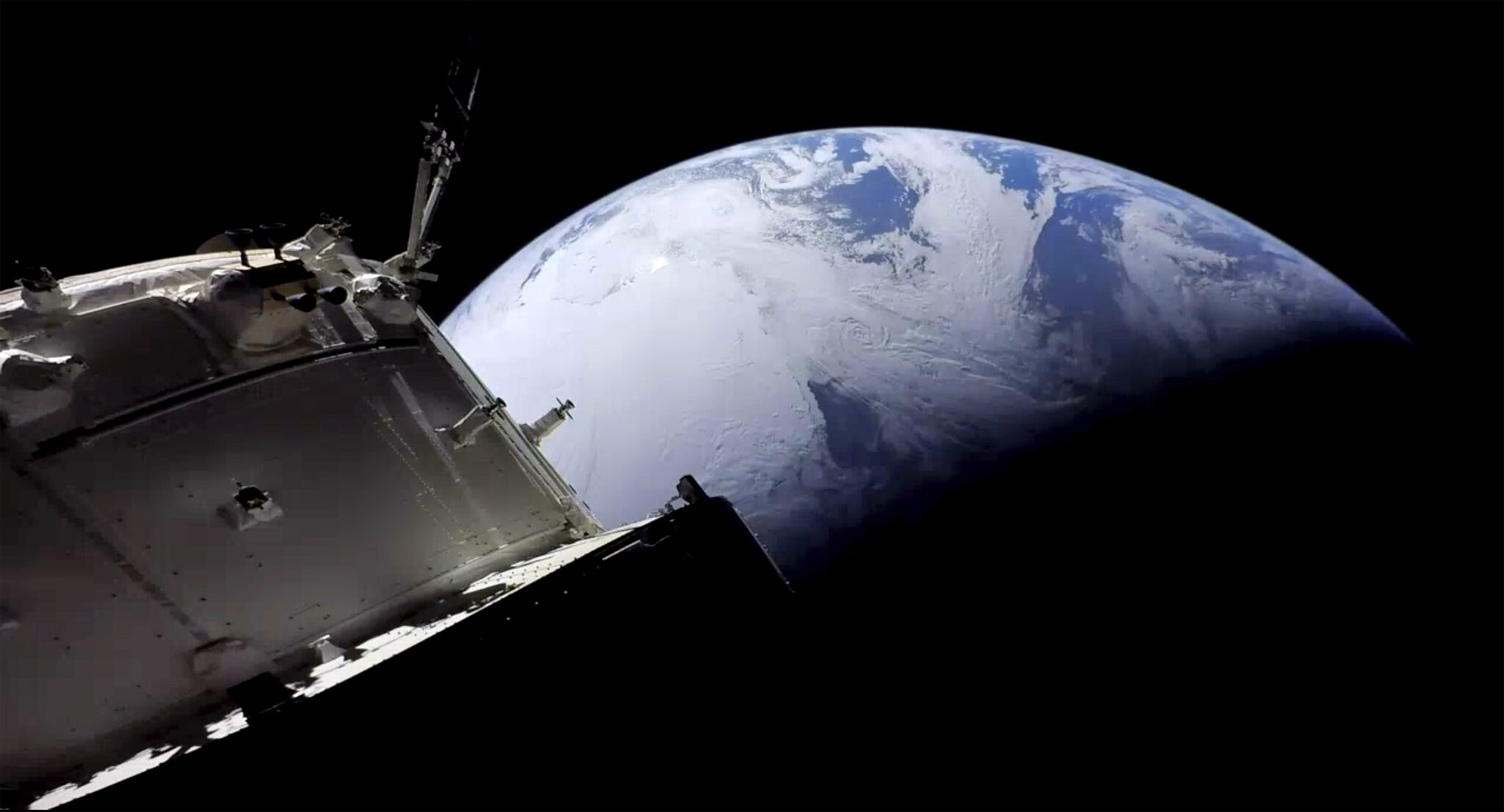Find a globe in your local library or classroom and try this: Close the eyes, spin it and drop a finger randomly on its curved, glossy surface.
You’re likely to pinpoint a spot in the water, which covers 71% of the planet. Maybe you’ll alight on a place you’ve never heard of — or a spot that no longer exists after a war or because of climate change. Perhaps you’ll feel inspired to find out who lives there and what it’s like. Trace the path of totality ahead of Monday’s solar eclipse. Look carefully, and you’ll find the cartouche — the globemaker’s signature — and the antipode ( look it up ) of where you’re standing right now.
In the age of Google Earth, watches that triangulate and cars with built-in GPS, there’s something about a globe — a spherical representation of the world in miniature — that somehow endures.
London globemaker Peter Bellerby thinks the human yearning to “find our place in the cosmos” has helped globes survive their original purpose — navigation — and the internet.
He says it’s part of the reason he went into debt making a globe for his father’s 80th birthday in 2008. The experience helped inspire his company, and 16 years later is keeping his team of about two dozen artists, cartographers and woodworkers employed.
“You don’t go onto Google Earth to get inspired,” Bellerby says in his airy studio, surrounded by dozens of globes in various languages and states of completion. “A globe is very much something that connects you to the planet that we live on.”

















